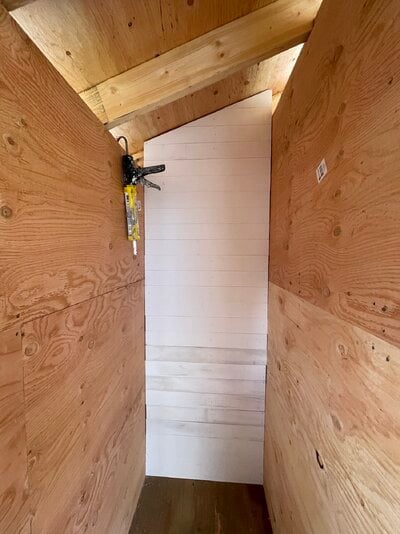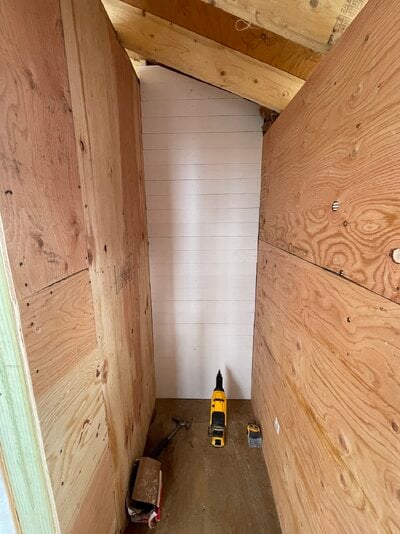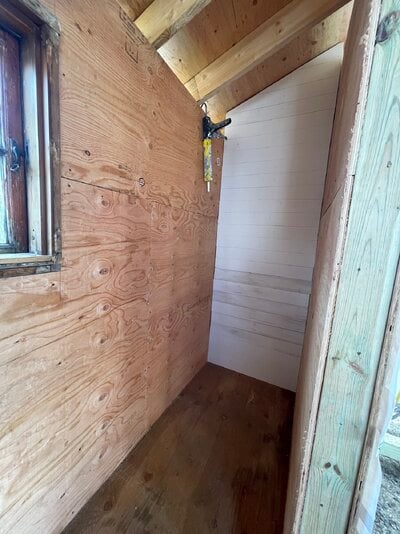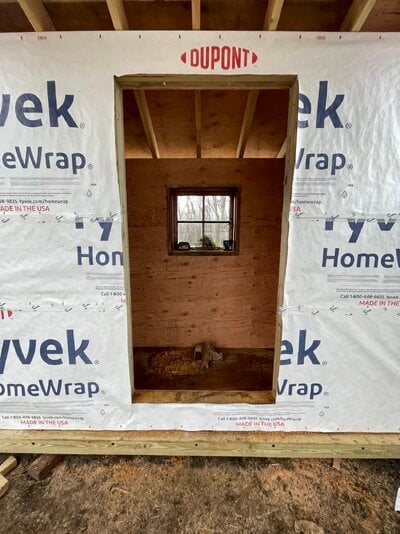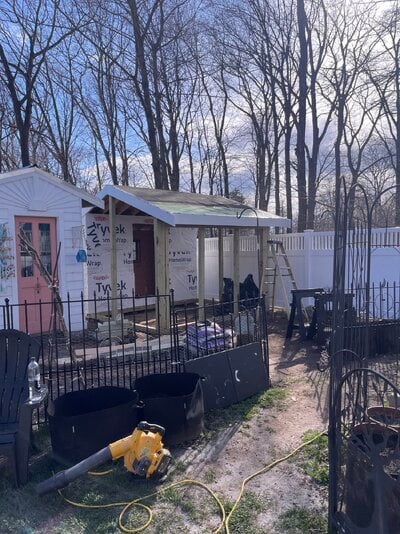Witchychickens
Chirping
Hi all…
We are trying to solidify details for the coop interior. I want to have detailed specs written out for my husband when he is ready to finish the specifics.
Roosts: someone once recommended 2x4s because of our cold climate and the chickens ability to basically cover their feet with their feathers. Everything I’m seeing is saying round, like a wooden closet pole. I’m in zone 5a central MA. Thoughts?
Best coating for the roosts for easy daily wiping?
How far down from the soffit vents should the first roost be? We are doing 3 roosting bars, 28 inches each in a graduated stair step fashion. We have 6 average sized birds and 1 silkie.
Pop door: we are planning a 12x12 door. How do I ensure it is predator proof? We will have 2, one opens out to the back portion of our fenced in yard for free ranging and the other is in the protected, covered run. I do not want an automatic door. I am home and will be here to let chickens in and out. Is guillotine best? Hinged? Is 6 inches off the floor sufficient? Does it need a shelf or perch?
Nesting boxes: planning 3 boxes, 12x12 each. In Storey’s guide, it says to put it on the floor first and then raise it 18 - 20 inches. Does it need a shelf or perch? Should we have this available to our chicks to get used to from the beginning? Im assuming yes for optimal instinctual chicken behavior.
We are trying to solidify details for the coop interior. I want to have detailed specs written out for my husband when he is ready to finish the specifics.
Roosts: someone once recommended 2x4s because of our cold climate and the chickens ability to basically cover their feet with their feathers. Everything I’m seeing is saying round, like a wooden closet pole. I’m in zone 5a central MA. Thoughts?
Best coating for the roosts for easy daily wiping?
How far down from the soffit vents should the first roost be? We are doing 3 roosting bars, 28 inches each in a graduated stair step fashion. We have 6 average sized birds and 1 silkie.
Pop door: we are planning a 12x12 door. How do I ensure it is predator proof? We will have 2, one opens out to the back portion of our fenced in yard for free ranging and the other is in the protected, covered run. I do not want an automatic door. I am home and will be here to let chickens in and out. Is guillotine best? Hinged? Is 6 inches off the floor sufficient? Does it need a shelf or perch?
Nesting boxes: planning 3 boxes, 12x12 each. In Storey’s guide, it says to put it on the floor first and then raise it 18 - 20 inches. Does it need a shelf or perch? Should we have this available to our chicks to get used to from the beginning? Im assuming yes for optimal instinctual chicken behavior.




